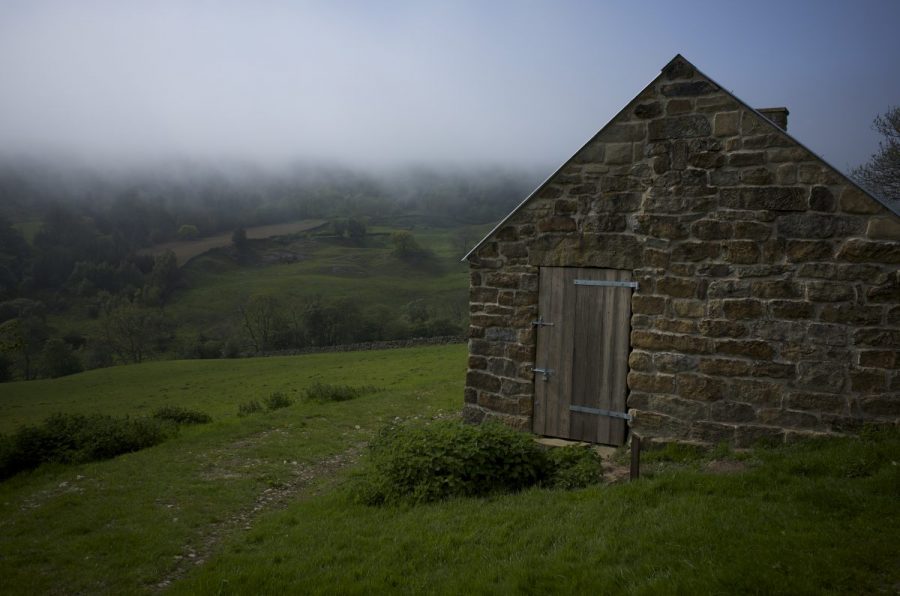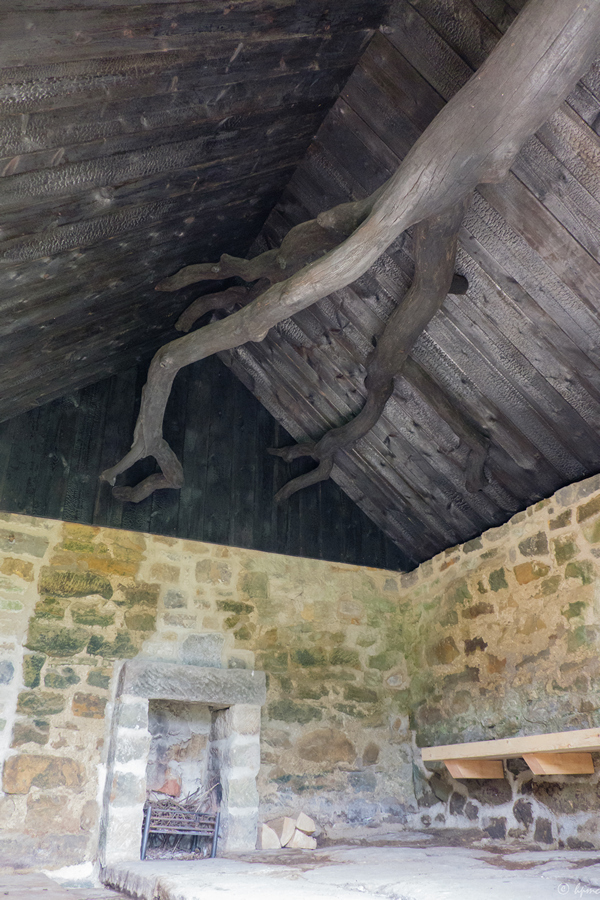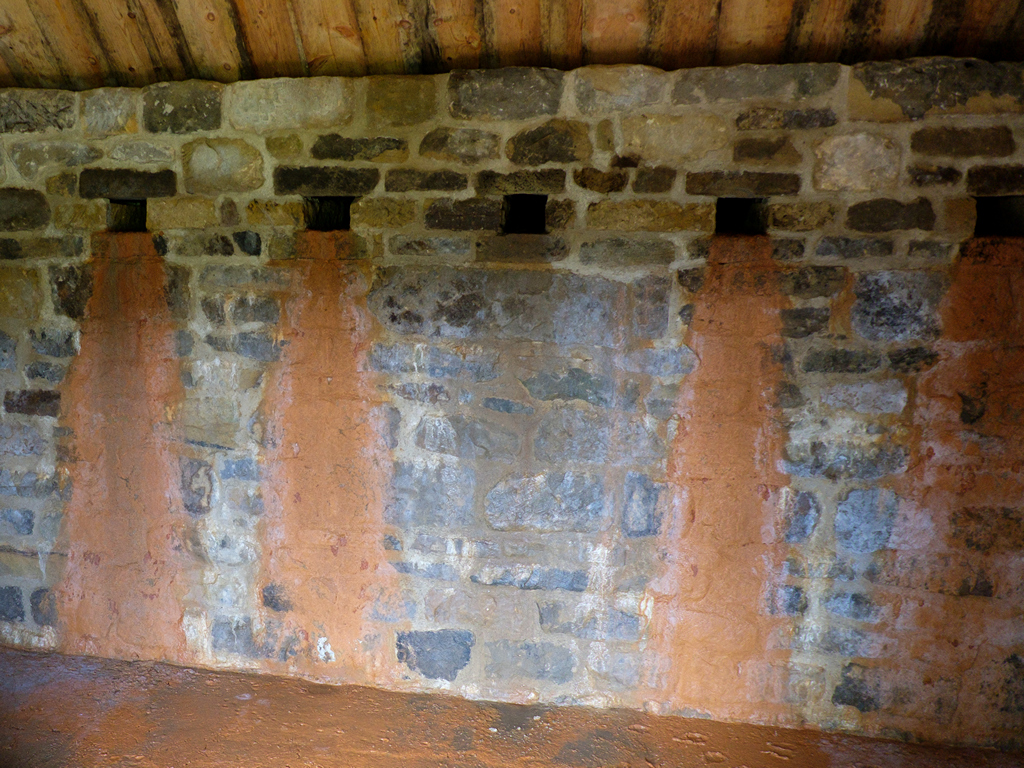The Heritage Lottery Fund has awarded a £3m grant to protect and raise awareness of one of the unique landscapes of the North York Moors National Park.
The main focus of the project will be the importance of the pioneering ironstone and railway heritage of Grosmont and Rosedale which is being eroded by time.
The project – named ‘This Exploited Land, the trailblazing story of ironstone and railways in the North York Moors’ – will also encourage rare wildlife, wild daffodils, ancient woodlands and the special species of the River Esk.
Linda Chambers, a member of the executive group for the ‘This Exploited Land’ project and secretary of the Rosedale History Society, said: “This is wonderful news for all those who live in Rosedale and the Esk Valley, linked as we are by our industrial heritage. We hope that our communities will continue to support the project over the coming years – this is a great opportunity not only to help maintain our nationally important sites but also to tell our story to the wider world.”
National Park Authority Fundraising Officer Stephen Croft said: “Key parts of this story have never been told before. We want to capture the public imagination with the story of the forgotten communities, the pioneering ironstone exploitation and the early development of railways along the remote valleys of the North York Moors.”
The ironworks at Grosmont retain rare surviving elements of world-leading innovation in blast-furnace technology forged in the region on Teesside. This contributed to innovative bridge design across the world and eventually to the creation of Sydney’s famous Harbour Bridge.
At the height of its production between 1873 and 1914, about 19 per cent of the world’s demand for iron came from the Cleveland Hills and the North York Moors.
The project will reveal the impact the sudden explosion of industrialisation had on the landscape, its national and international significance and conserve, protect and record the fragile remains of this revolutionary age.
Stephen Croft continued: “We want the landscape to become recognised for its economic and technical influence which extended worldwide. This will satisfy a hunger for recognition in local communities and support the tourism economy. Special links will be made with Teesside which itself has suffered industrial decline.”
The story includes the achievements of railway pioneer George Stephenson who designed the Whitby to Pickering Railway in the early 1830s. Much of it is still being used today by the North York Moors Railway Trust.
The Heritage Lottery Fund (HLF) announced grants totalling £21m to conserve nine distinctive landscapes in the UK. The investment will ensure a boost for rural areas and provide long-term social, economic and environmental benefits.
HLF’s Landscape Partnership (LP) programme – which has now been running for a decade – is the most significant grant scheme available for landscape-scale projects. To date, over £160m has been invested in 91 different areas across the UK helping forge new partnerships between public and community bodies and ensuring people are better equipped to understand and tackle the needs of their local landscapes.
The Authority and its community partners were one of three successful Yorkshire bids for funding. The HLF also awarded grants to the rare, internationally-important wetland at Humberhead Levels in North Lincolnshire and East and South Yorkshire (£1.9m), and to the Ingleborough Dales (£2.1m) for a limestone landscape in the Craven district of the Yorkshire Dales National Park.
Professor Sir John Lawton CBE FRS, eminent British ecologist and author of Making Space for Nature: A Review of England’s Wildlife Sites and Ecological Network, added:
“As a passionate advocate of landscape-scale conservation through habitat recreation and restoration, I am delighted to see HLF’s continuing, visionary support for nine more Landscape Partnerships throughout the UK, for the benefits of people, landscapes and wildlife. And as an adopted Yorkshireman, I cannot help noticing, with considerable pride, that three of them are in the iconic landscapes of God’s own county!”
Fiona Spiers, Head of the Heritage Lottery Fund for Yorkshire and the Humber, said:
“This funding has helped forge strong local partnerships which have secured the future of some of our most threatened landscapes. These schemes all demonstrate a need for urgent conservation work to the natural and built heritage as well as reconnecting rural communities to these places. They are important on many levels, including being an integral part of our health and well-being and a significant contributor to the tourist economy. Yorkshire’s amazing countryside is under ever-increasing pressure and we must act now to make sure it continues to be one of our greatest assets.”


























